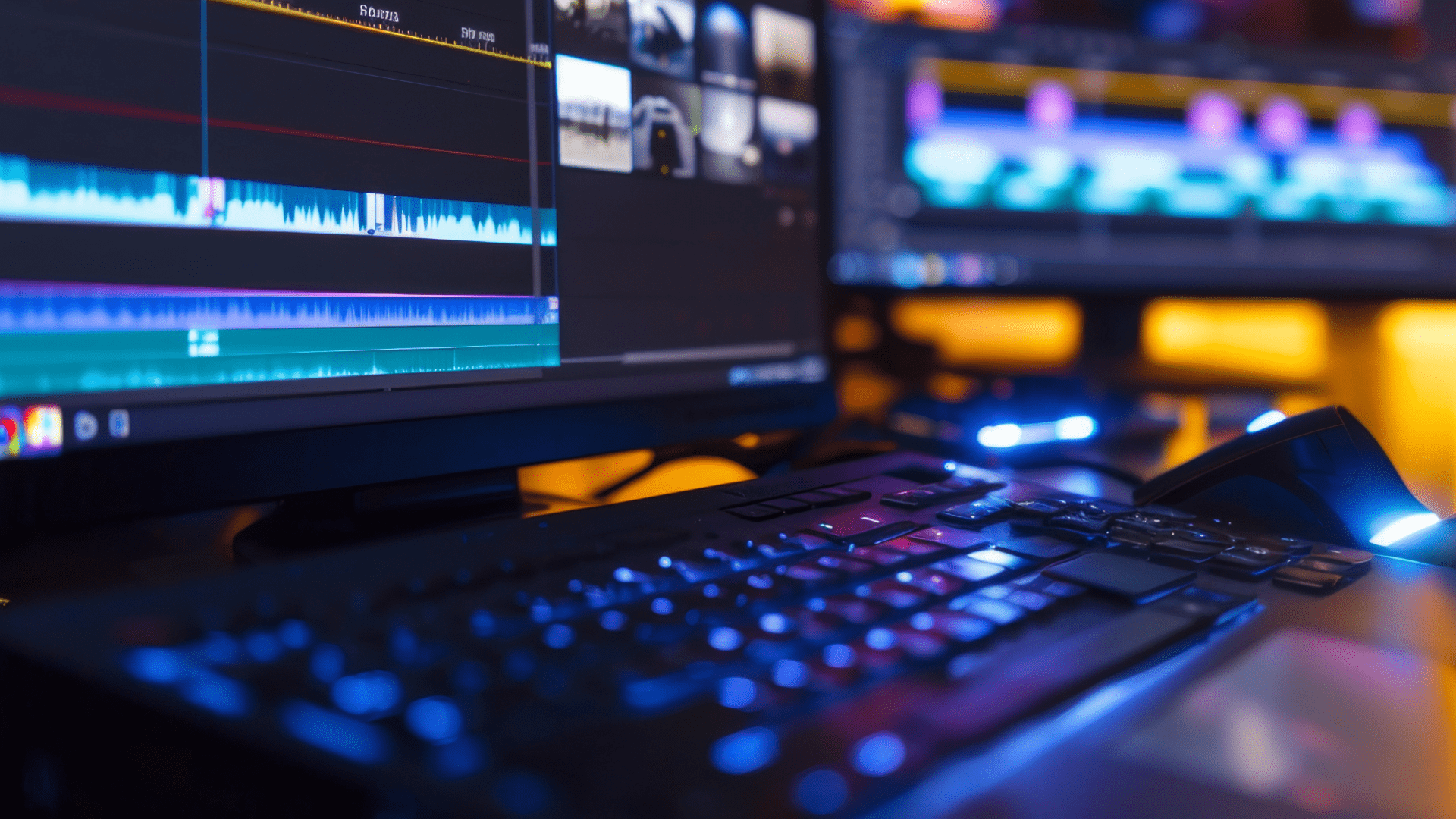In the dynamic world of multimedia installations and large-scale visual displays, achieving a seamless and unified image often requires more than just high-quality projectors. Enter specialized software designed explicitly for visual blending – a technological marvel that empowers users to calibrate and align multiple projectors with unparalleled precision. In this exploration, we’ll introduce you to the world of specialized software, unlocking the potential for flawless visual blending and immersive experiences.
The Role of Specialized Software
Visual blending software acts as the linchpin in the process of synchronizing and aligning multiple projectors to create a cohesive and uninterrupted image. This software goes beyond traditional projector management, offering advanced features specifically tailored for the complexities of visual blending. Its primary goal is to streamline the calibration process, eliminate discrepancies in color, brightness, and geometry, and ultimately contribute to the creation of a seamless visual canvas.
Key Features of Visual Blending Software
Geometry Correction: Specialized software provides advanced geometry correction tools, allowing users to precisely align and adjust the position of each projector. This ensures that the projections seamlessly merge without any distortions, creating a unified and distortion-free image.
Color Matching: Achieving consistent color reproduction across multiple projectors is a challenge that visual blending software addresses with finesse. The software allows users to meticulously match and calibrate color profiles, ensuring a harmonious and uniform color palette throughout the entire visual display.
Brightness Uniformity: Maintaining uniform brightness levels is critical for visual blending success. The software enables users to fine-tune the brightness of each projector, compensating for variations in ambient light and ensuring a vibrant and clear blended image.
Edge Blending: Edge blending is a sophisticated technique that seamlessly overlaps the edges of adjacent projections to eliminate any visible seams. Specialized software includes advanced edge blending tools, enabling users to achieve a smooth transition between projectors and create an uninterrupted visual experience.
Real-time Monitoring and Adjustment: To streamline the calibration process, visual blending software often offers real-time monitoring and adjustment capabilities. Users can make on-the-fly corrections, ensuring that the blended image remains flawless throughout the duration of the display.
Benefits of Using Visual Blending Software
Time Efficiency: Specialized software simplifies and accelerates the calibration process, saving valuable time during setup. Its intuitive interfaces and automated features reduce the need for manual adjustments, making the entire blending process more efficient.
Precision and Accuracy: The precision offered by visual blending software is unmatched. Users can achieve pixel-perfect alignment, color matching, and brightness uniformity, resulting in a visually stunning and flawless display.
Versatility: Visual blending software is designed to cater to various environments and applications. Whether it’s a multimedia art installation, a live event, or a corporate presentation, the versatility of the software makes it adaptable to diverse visual blending needs.
Conclusion
Specialized visual blending software stands as a cornerstone in the realm of multimedia experiences, empowering users to transcend the limitations of traditional projection setups. As technology continues to evolve, these advanced tools play a crucial role in ensuring that visual blending becomes an accessible and streamlined process for creators seeking to craft immersive and seamless visual narratives. Embrace the precision unleashed by specialized software, and redefine the boundaries of what is possible in the world of visual blending.


